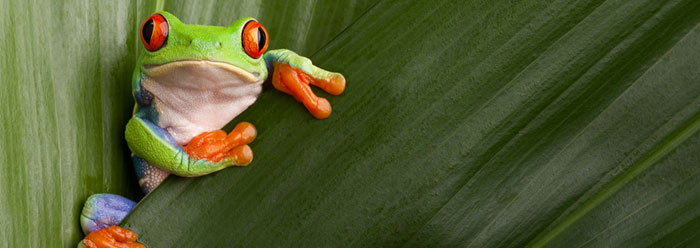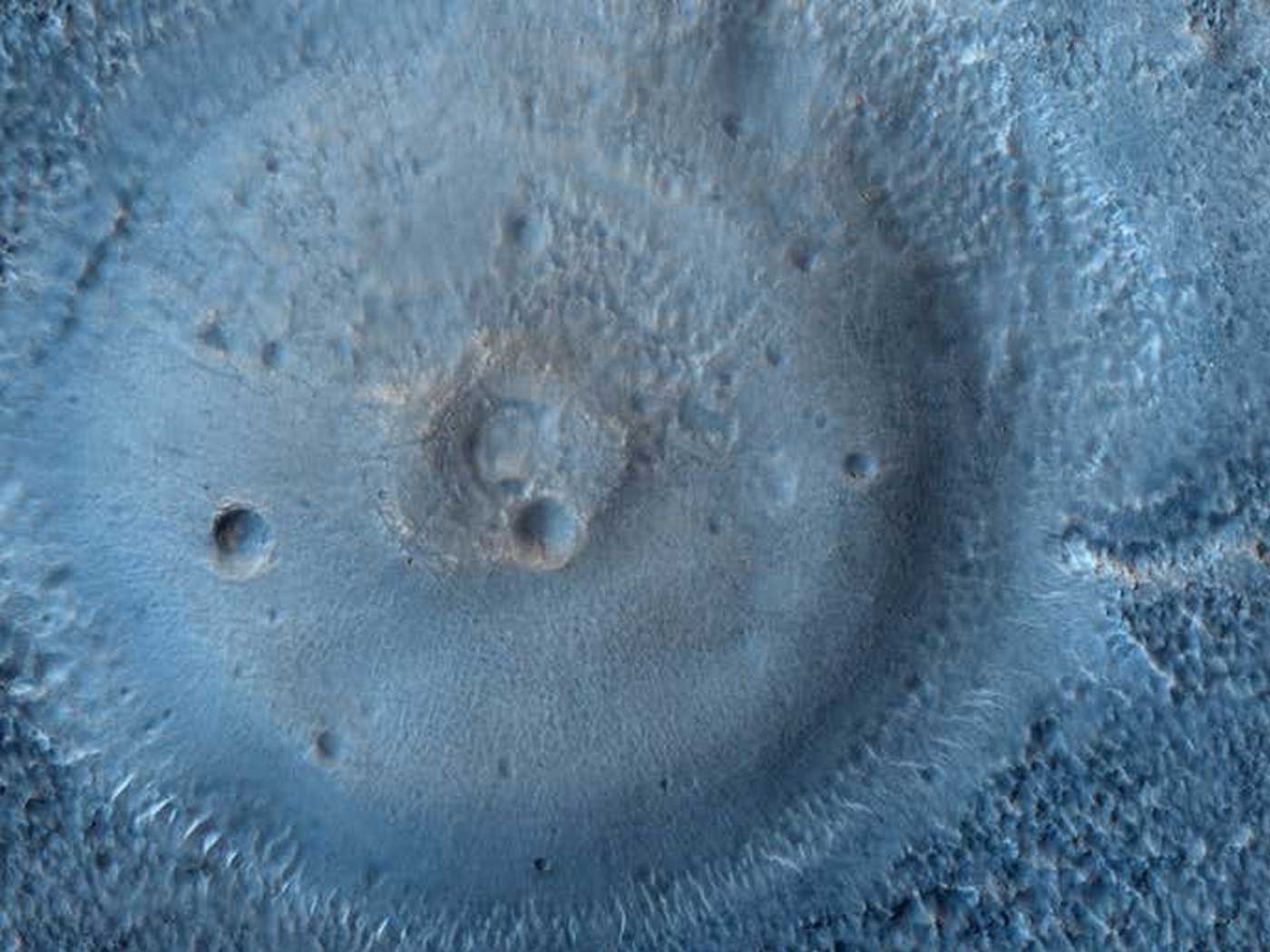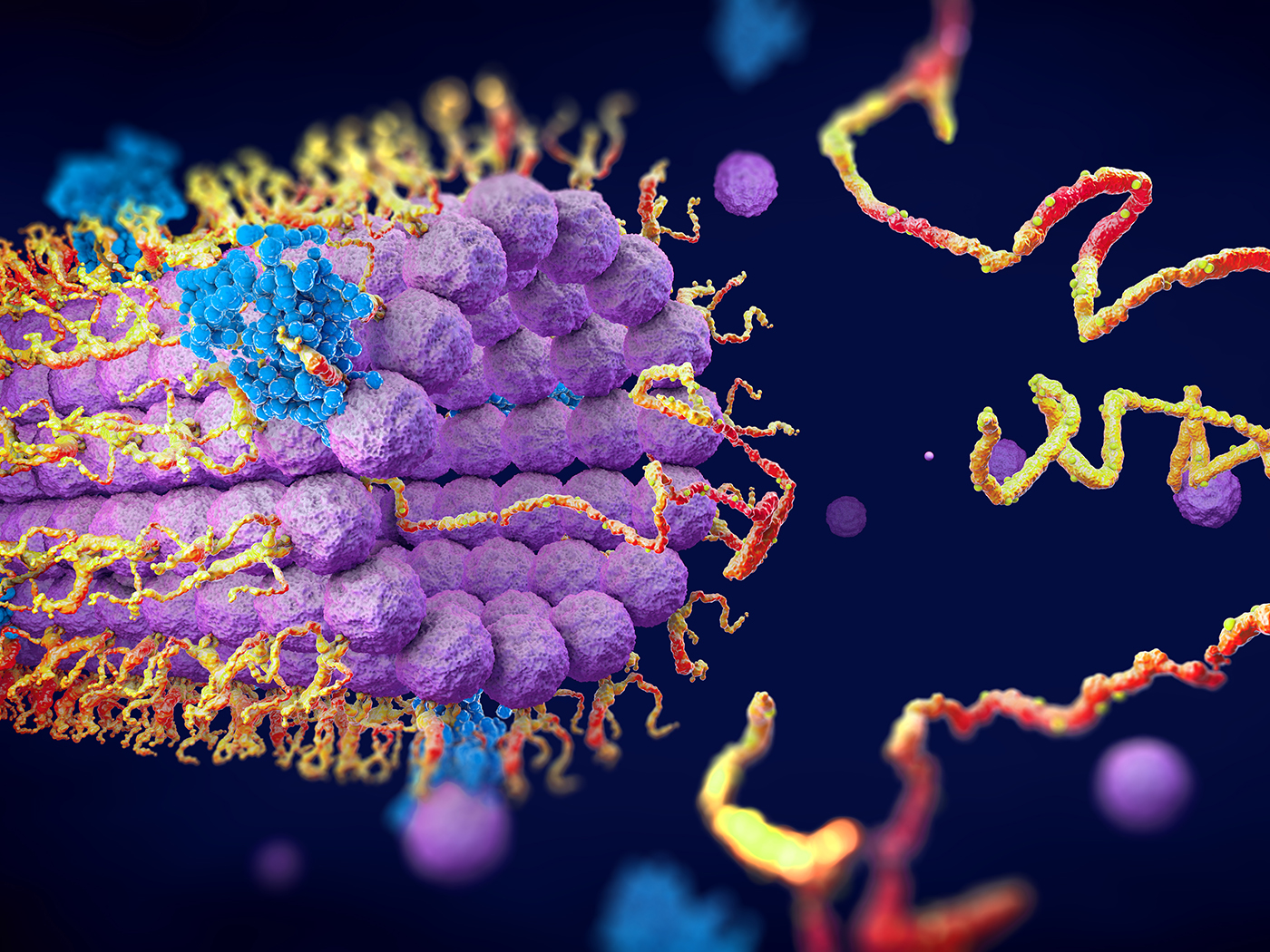"What if Noah got it wrong?" is a question recently posed in a ScienceDaily article. "What if he paired a male and a female animal thinking they were the same species, and then discovered they were not the same and could not produce offspring?"1
These were probably not intended to be serious questions. But if Genesis provides real history, maybe they should be.
The article highlighted a report by scientists who successfully used a technique called DNA barcoding, which identifies subtle species differences, on frogs. Some different frog species look very similar. Like "ring species" of birds, some frogs can interbreed across a continuum of varieties, but those at one end cannot breed with those at the other end of the continuum. This implies that all the members share ancestry and natural processes over many generations lessened their reproductive potential.2
A professor at Universidad de los Andes, Andrew Crawford, studied the subtle DNA differences in 10 species of frogs in Panama. His team's results were published in the journal Molecular Ecology Resources.3 Take note of the differences between the researchers' objectives and those of Noah. God clearly instructed Noah in Genesis 6:19-20,
And of every living thing of all flesh, two of every sort shalt thou bring into the ark, to keep them alive with thee; they shall be male and female. Of fowls after their kind, and of cattle after their kind, of every creeping thing of the earth after his kind, two of every sort shall come unto thee, to keep them alive.
Noah took two of every "sort," or "kind." Does the Bible indicate that Noah took two of every one of today's named species? Certainly not. Many, if not most, species interbreed with at least one other named species. For example camels (Camelus dromedarius) breed with llamas (Lama glama) to form a "cama."
Noah did not need two camels and two llamas. He may not have even seen these descendant forms. He only needed two representatives of the camel "sort," likely corresponding to the modern family level classification of "camelidae."
In contrast to Noah, Crawford and his team were not interested in preserving representatives of each familial "sort," but in identifying each specialized variety that descended from that more generalized "sort's" stock. He told the Smithsonian Tropical Research Institute, "If we accidentally choose frogs to breed that are not the same species, we may be unsuccessful or unknowingly create hybrid animals that are maladapted to their parents' native environment."1
But like llamas and camels, these frogs probably no longer correspond to those available during Noah's time. Of course, frogs could have survived the Flood on board the ark. But because they spend part of their lives in water, it is possible that they survived outside it.
Questioning how Noah would have discerned between species overlooks three factors. First, Noah might not have taken all amphibians on board. Second, today's species are not exactly what he saw. Third, Noah was unconcerned with modern biologists' fixation on naming and preserving every possible sub-variety within a reproducing group.
Identifying dwindling species using DNA banding as part of an effort to preserve biodiversity is valuable because each creature reflects its Creator in a unique way.4 But Noah did not need to use DNA banding. His concern was not to tag varieties within each kind, but to preserve two representatives of each kind.
References
- Genetic Matchmaking Saves Endangered Frogs. ScienceDaily. Posted on sciencedaily.com January 8, 2013, accessed January 17, 2013.
- Sherwin, F. and B. Thomas. 2009. Do "New Species" Demonstrate Darwinism? Acts & Facts. 38 (2): 36.
- Crawford, A. J., et al. DNA barcoding applied to ex situ tropical amphibian conservation programme reveals cryptic diversity in captive populations. Molecular Ecology Resources. Published online before print, December 27, 2012.
- Thomas, B. 2005. Conservation ethics based on evolution? Journal of Creation. 19 (2): 58-61.
* Mr. Thomas is Science Writer at the Institute for Creation Research.
Article posted on January 21, 2013.
























